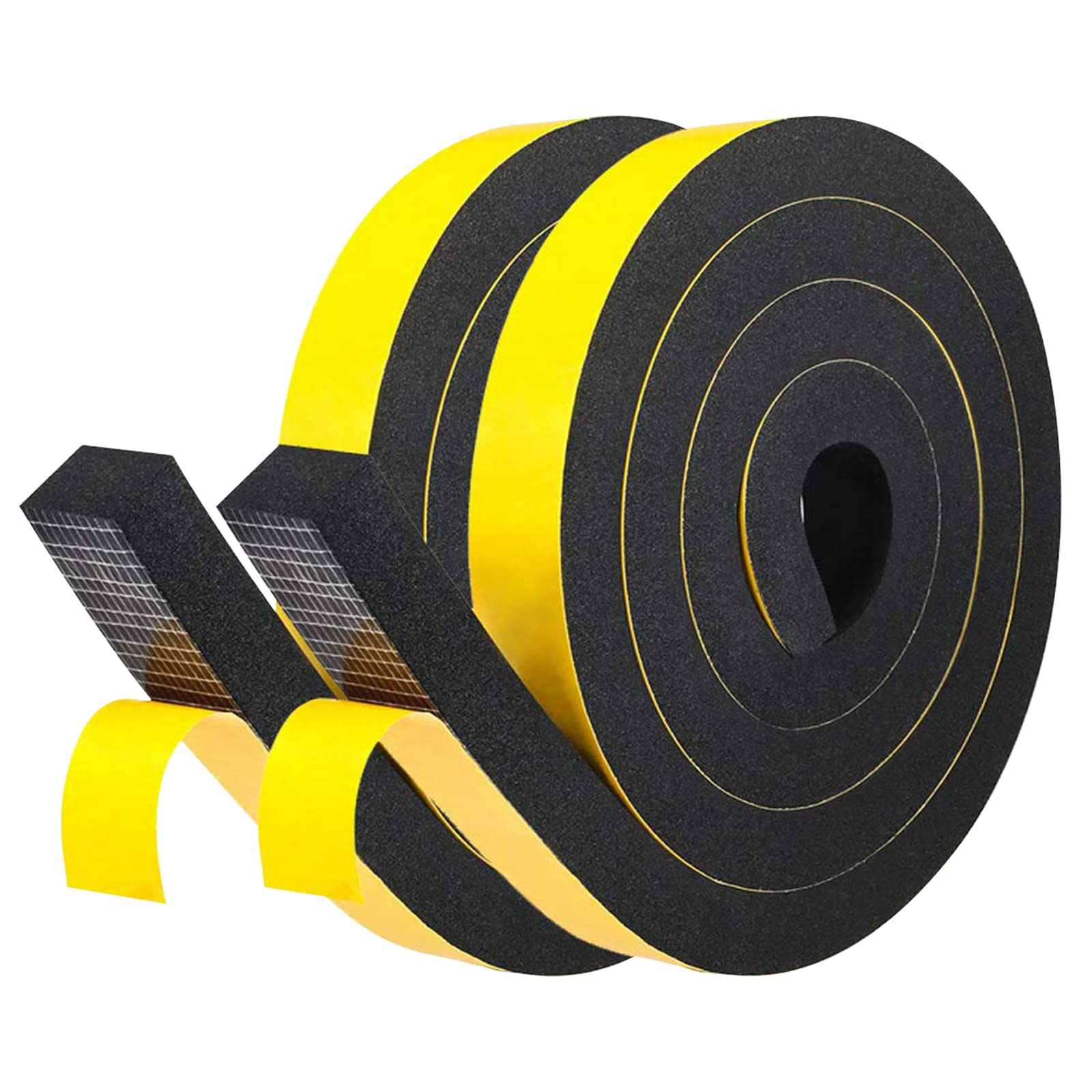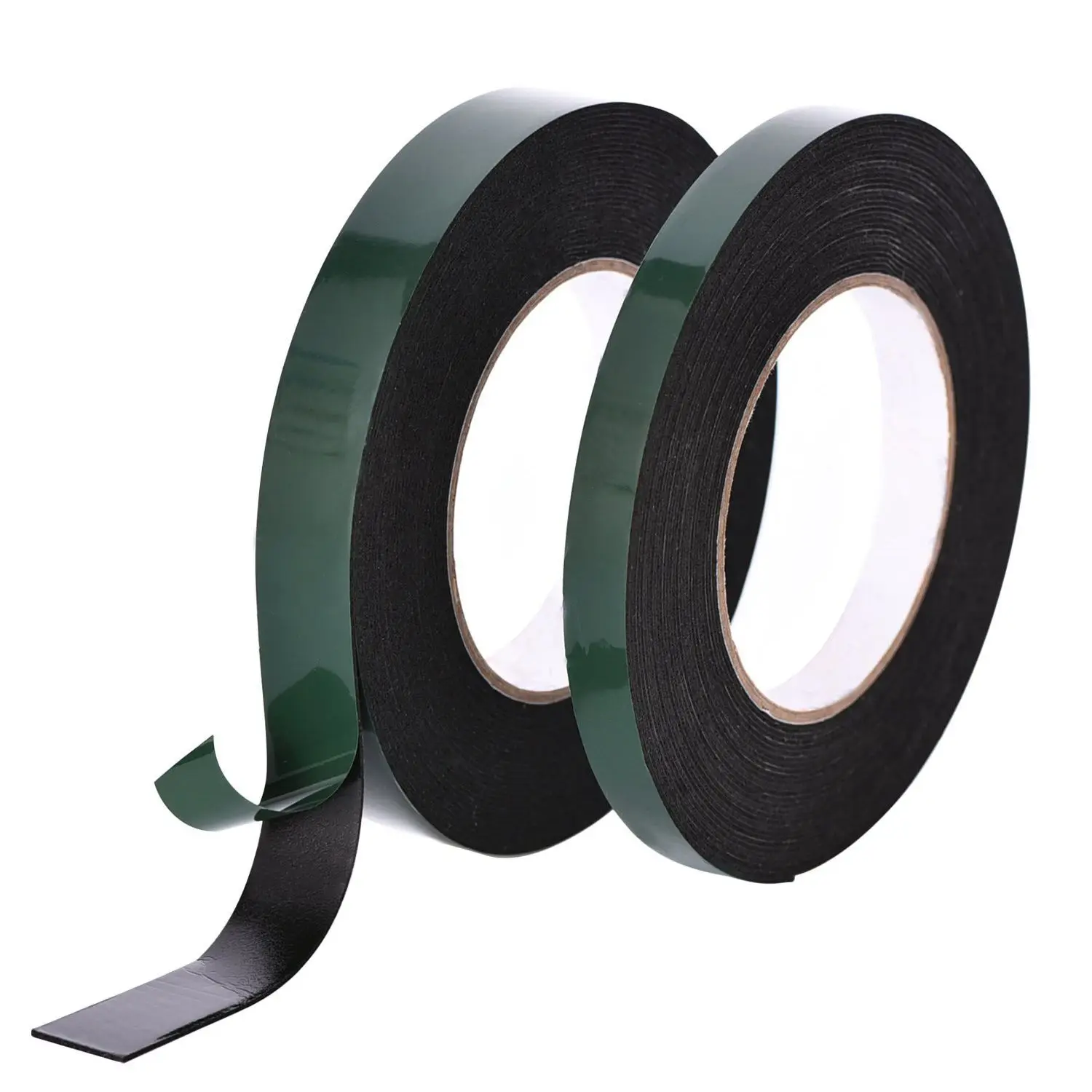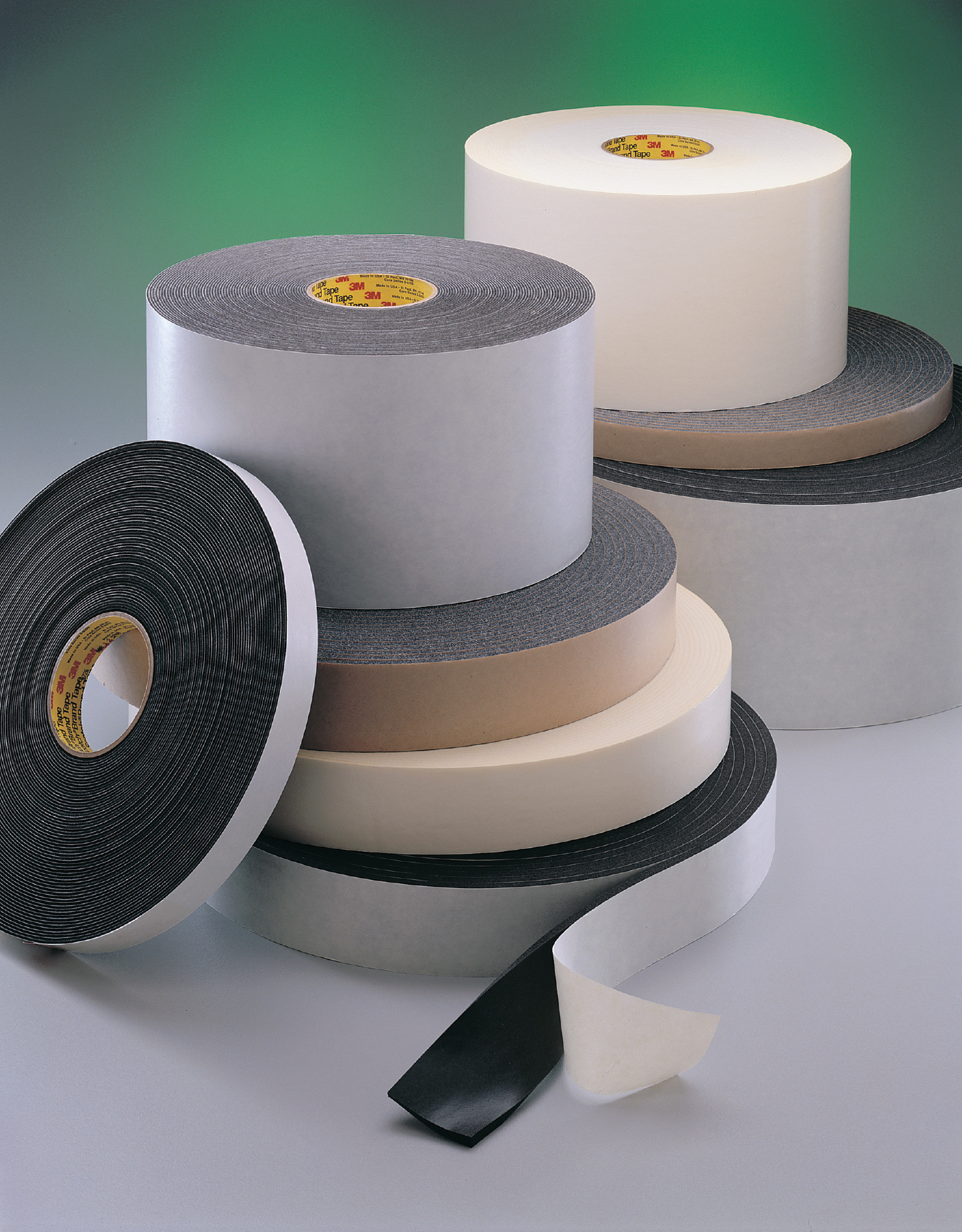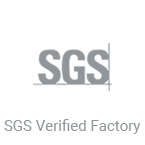Is Foam Tape Waterproof? Foam tape is a particularly versatile adhesive product that is manufactured from EVA (ethylene-vinyl acetate) or PE (polyethylene) foam substrate. This type of tape is typically coated on one or both sides with a solvent-based or hot-melt pressure-sensitive adhesive and is covered with release paper for easy application. Its unique composition and properties allow for a diverse range of applications, including exceptional sealing and vibration damping capabilities.
Furthermore, foam adhesive tapes are known for their outstanding sealing, compression deformation resistance, flame retardant capabilities, and wettability, making them suitable for a wide array of industries. These industries include electronics, electrical products, mechanical parts, small home appliances, mobile phone accessories, industrial instruments, computers and peripherals, automotive parts, audio-visual equipment, toys, and even cosmetics.

Foam tape plays a crucial role in a wide range of industrial, household, and engineering applications, serving as a versatile bonding material. Its special disposition and adaptability have made it an indispensable component in numerous scenarios. Among the most common inquiries about foam tape is its waterproofing capability. In this all-rounded article, we will thoroughly examine the definition of foam tape, delve into its properties, and evaluate its effectiveness in waterproofing applications, intending to give readers a deeper insight into this versatile bonding material.
1. What is Foam Tape?
Foam tape, sometimes referred to as sponge tape, is a type of adhesive material manufactured from foam, usually polyethylene foam. What makes foam tape unique is its soft and compressible texture, which allows it to conform to uneven surfaces with ease. It is commonly utilized for filling gaps, dampening vibrations, and providing insulation in various applications. Thanks to its versatility and strong adhesive properties, foam tape is widely used in construction, automotive projects, and for general household purposes.
Foam tape is a highly versatile material recognized for its exceptional flexibility and adaptability to an extensive range of surfaces. Due to its soft foam structure, it can effortlessly conform to irregular and curved surfaces, making it an excellent choice for applications where conformability is crucial. This characteristic makes it suitable for tasks such as cushioning, sealing, and mounting, and it can be put into application in various industries including automotive, construction, electronics, and crafts.

Foam tape is distinguished by its exceptional adhesion, thanks to the pressure-sensitive adhesive on the back. This adhesive enables the tape to form strong bonds with a wide range of surfaces, such as plastic, metal, and wood, with minimal pressure required. Additionally, it provides outstanding initial adhesion, resistance to weather and water, as well as the ability to withstand solvents and heat. Its reliable performance on curved surfaces further adds to its versatility and usefulness.
Foam tape is an incredibly versatile material valued not only for its strong adhesive properties but also for its exceptional ability to provide effective sound insulation and vibration damping. Its unique foam structure enables it to efficiently reduce the transmission of vibration and noise, rendering it an efficient choice for a wide array of applications where minimizing sound and vibration is crucial.
Whether utilized in the automotive industry for gasketing and sealing, in construction for weather-stripping and gap filling, or in electronics for vibration control and shock absorption, foam tape plays a pivotal role in enhancing comfort and reducing noise pollution across various industries.
Foam tape is an excellent choice for sealing applications due to its ability to effectively prevent gas outgassing and atomization. Its impressive resistance to compression and deformation ensures long-lasting protection against vibrations. Additionally, it is flame retardant without containing any harmful toxic substances. Foam tape is also non-corrosive to metals and leaves no residues, making it a safe and clean option for various uses.
Foam tape demonstrates remarkable resilience to a wide range of temperatures, making it an ideal choice for applications that involve both sub-zero conditions and high heat environments. Additionally, its excellent wettability allows for easy bonding, fabrication, punching, and cutting, enhancing its versatility and making it suitable for a diverse array of uses.

2. Properties and Characteristics of Foam Tape
Foam adhesive tapes are widely respected for their exceptional properties and characteristics, which arise from the unique combination of materials and structure. These tapes are engineered to deliver robust adhesion, excellent cushioning, and impact resistance, rendering them suitable for diverse applications across myriad industries. Their capacity to conform to irregular surfaces and absorb vibrations makes foam adhesive tapes versatile and trustworthy bonding solutions.

The resistance of adhesive tapes to specific chemicals varies depending on the composition of the materials used in their production. Therefore, it is imperative to perform a thorough evaluation of the potential chemical reactions with the tape in order to ascertain its ability to withstand varying environmental conditions.
Foam tapes are primarily designed with a tearable feature, allowing them to be easily torn by hand without requiring additional tools during application. This design enhances convenience and simplifies the user experience by making the tape effortless to use.
Addressing waterproofing is a crucial concern for numerous individuals. As such, the upcoming section will delve into the specific waterproof properties of foam tape, aiming to offer a comprehensive insight into this particular aspect.
3. Is foam tape waterproof?
When considering the waterproof capability of foam tape, it is essential to conduct a thorough analysis focusing on its material composition and structural properties.
The foam tape is primarily composed of a resilient foam material, typically made from substances such as polyethylene. This foam exhibits natural resistance to both air and water, enabling the tape to maintain its adhesive properties even in environments with low to moderate levels of humidity. But Is foam tape waterproof?

However, it is important to be aware that extended submersion or exposure to high-humidity conditions may potentially compromise the adhesive properties of the tape. Therefore, it’s essential to carefully evaluate the specific environmental conditions in which the foam tape will be used in order to ensure that it performs optimally.
Foam tape is versatile and can be used in various indoor settings. It is particularly useful for home renovation projects, office soundproofing, and assembling electronic equipment. However, it’s important to be aware that while foam tape is suitable for mildly humid environments, it has limited waterproof capabilities and may not withstand prolonged immersion in water or exposure to strongly humid external environments.
4. Usage:
Keep in mind the following guidelines when applying the adhesive: It is essential to take into account the temperature during the pasting process. The operational temperature should not fall below 10℃. In case the temperature is too low, you can utilize a hairdryer to carefully warm up the tape and the surface being pasted to ensure an appropriate adhesion.
For pressure-sensitive adhesive tapes to be most effective, it’s recommended to wait 24 hours after application. During this time, the tape should be applied as close to the surface as possible. When pasting objects that require vertical load-bearing, like mirrors, it’s important to leave the tape horizontally for 24 hours if both sides have been applied. If circumstances don’t allow for this, it’s necessary to provide support for the load-bearing object within 24 hours of application.

Conclusion
So, Is foam tape waterproof? The foam tape demonstrates effective waterproofing properties and performs admirably, particularly in typical indoor settings and mildly humid conditions. However, in instances necessitating prolonged immersion or in highly humid environments, it is advisable to opt for specially engineered waterproof tapes or to supplement with additional waterproofing methods. In the selection and use of foam tapes, it is important to assess them according to specific application scenarios and environmental conditions to ensure they deliver the intended outcomes.






